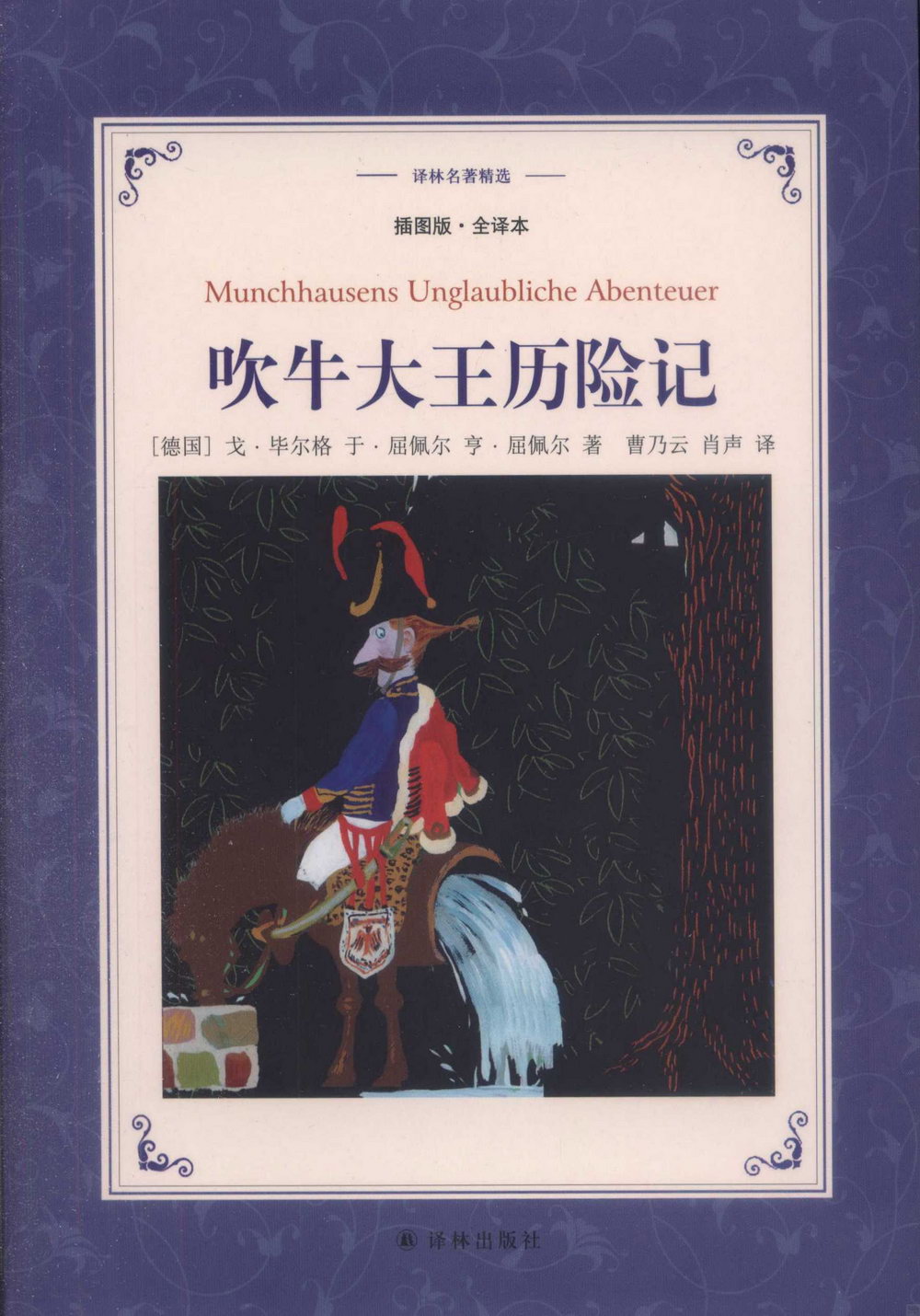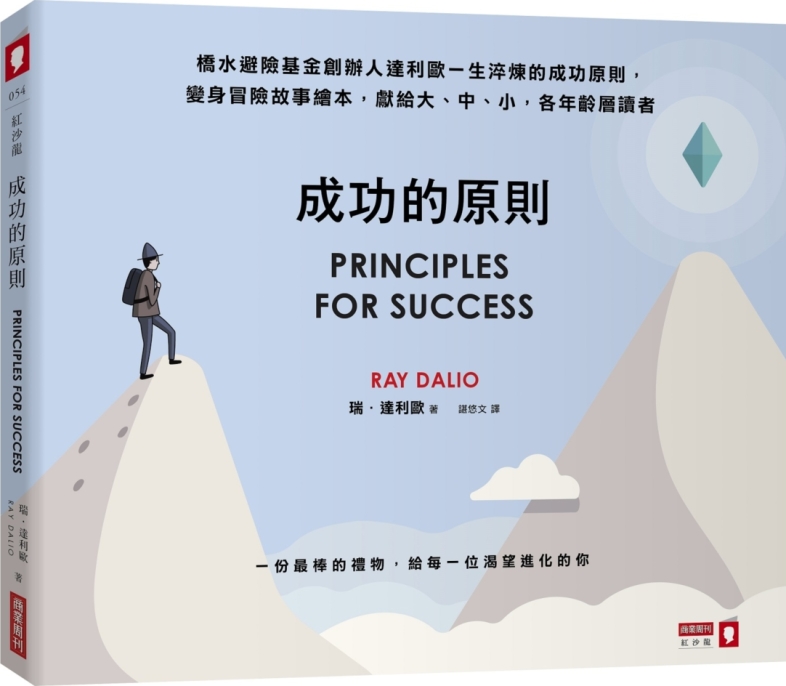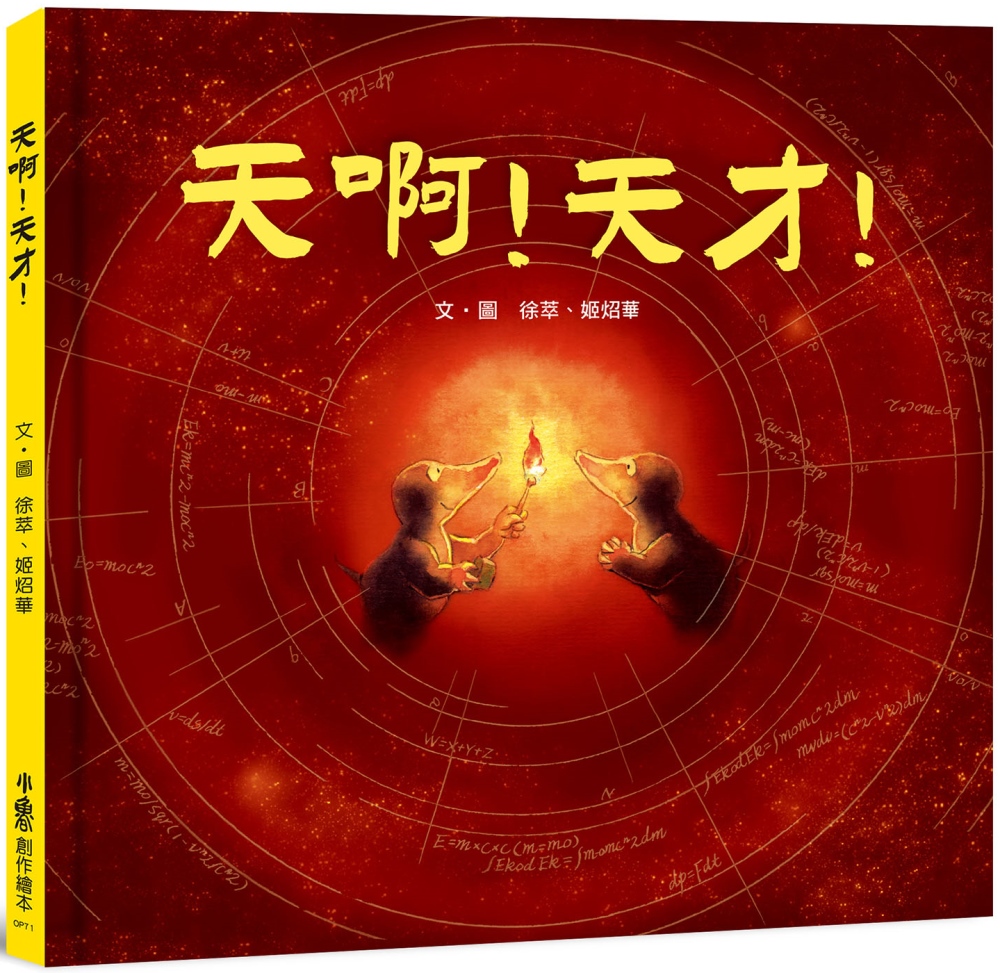Einstein’s Dice and Schrödinger’s Cat: How Two Great Minds Battled Quantum Randomness to Create a Unified Theory of Physics | 做自己 - 2024年7月

Einstein’s Dice and Schrödinger’s Cat: How Two Great Minds Battled Quantum Randomness to Create a Unified Theory of Physics
"A fascinating and thought-provoking story, one that sheds light on the origins of... the current challenging situation in physics."--Wall Street JournalWhen the fuzzy indeterminacy of quantum mechanics overthrew the orderly world of Isaac Newton, Albert Einstein and Erwin Schr dinger were at the forefront of the revolution. Neither man was ever satisfied with the standard interpretation of quantum mechanics, however, and both rebelled against what they considered the most preposterous aspect of quantum mechanics: its randomness. Einstein famously quipped that God does not play dice with the universe, and Schr dinger constructed his famous fable of a cat that was neither alive nor dead not to explain quantum mechanics but to highlight the apparent absurdity of a theory gone wrong. But these two giants did more than just criticize: they fought back, seeking a Theory of Everything that would make the universe seem sensible again. In Einstein's Dice and Schr dinger's Cat, physicist Paul Halpern tells the little-known story of how Einstein and Schr dinger searched, first as collaborators and then as competitors, for a theory that transcended quantum weirdness. This story of their quest-which ultimately failed-provides readers with new insights into the history of physics and the lives and work of two scientists whose obsessions drove its progress. Today, much of modern physics remains focused on the search for a Theory of Everything. As Halpern explains, the recent discovery of the Higgs Boson makes the Standard Model-the closest thing we have to a unified theory- nearly complete. And while Einstein and Schr dinger failed in their attempt to explain everything in the cosmos through pure geometry, the development of string theory has, in its own quantum way, brought this idea back into vogue. As in so many things, even when they were wrong, Einstein and Schr dinger couldn't help but get a great deal right.
Paul Halpern is a professor of physics at the University of the Sciences in Philadelphia, and the author of thirteen popular science books, most recently Edge of the Universe. He is the recipient of a Guggenheim Fellowship, a Fulbright Scholarship, and an Athenaeum Literary Award. Halpern has appeared on numerous radio and television shows including "Future Quest," "Radio Times," several shows on the History Channel, and The Simpsons 20th Anniversary Special. He has contributed opinion pieces for the Philadelphia Inquirer, and is also a regular contributor to NOVA’s "The Nature of Reality" physics blog. He lives in Wynnewood, Pennsylvania.
 吹牛
吹牛 新課標名著小書坊:吹牛大王歷險記 注音版
新課標名著小書坊:吹牛大王歷險記 注音版 譯林名著精選:吹牛大王歷險記(插圖...
譯林名著精選:吹牛大王歷險記(插圖... 成功的原則
成功的原則 鬼吹牛
鬼吹牛 與吹牛大王比吹牛
與吹牛大王比吹牛 吹牛大王小哇哥
吹牛大王小哇哥 天啊!天才!
天啊!天才! 【品格教育繪本:誠實/勇敢面對】 ...
【品格教育繪本:誠實/勇敢面對】 ... 顛覆你對文藝復興時期的想像,Hen...
顛覆你對文藝復興時期的想像,Hen...